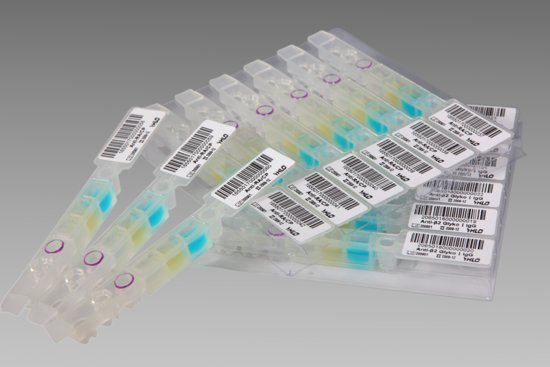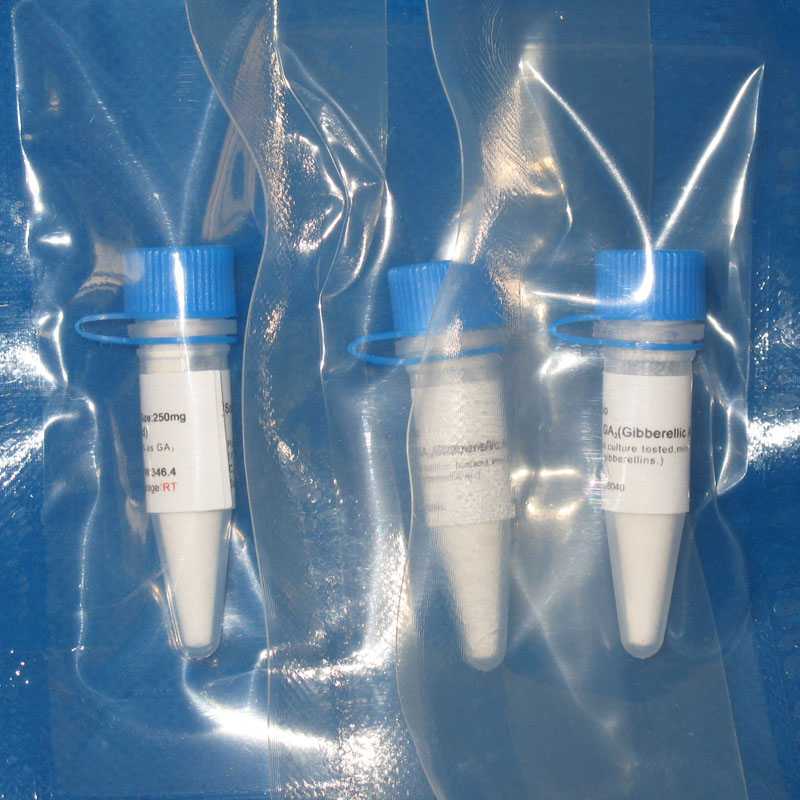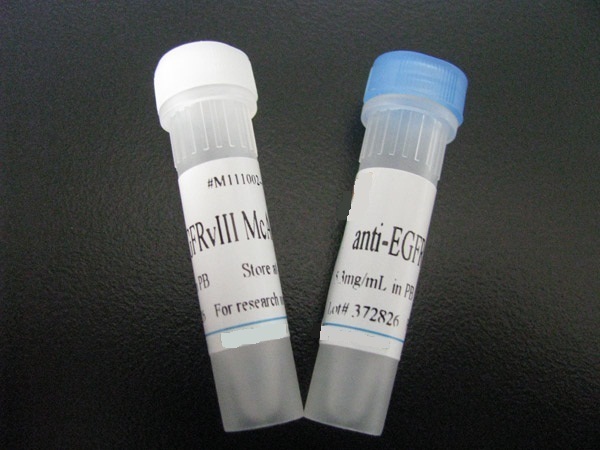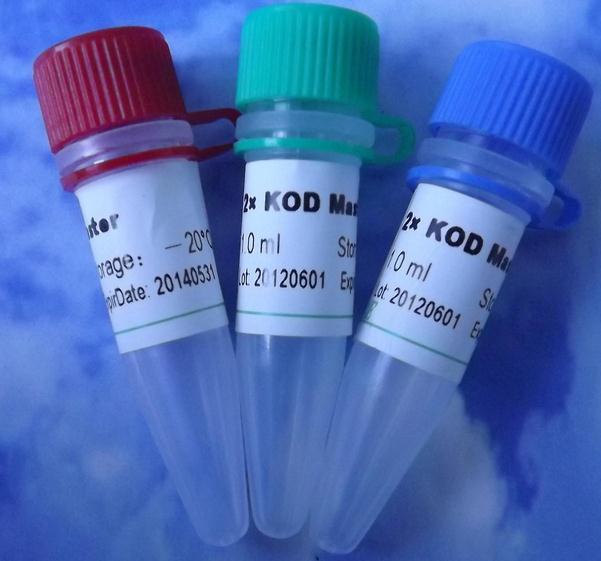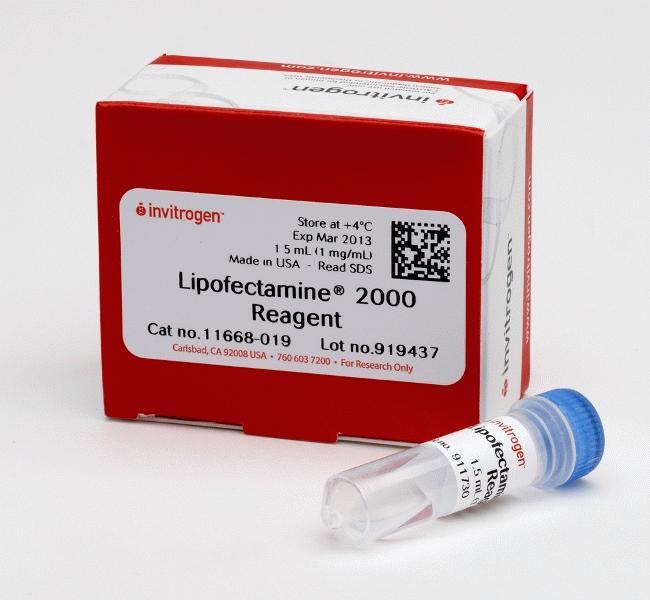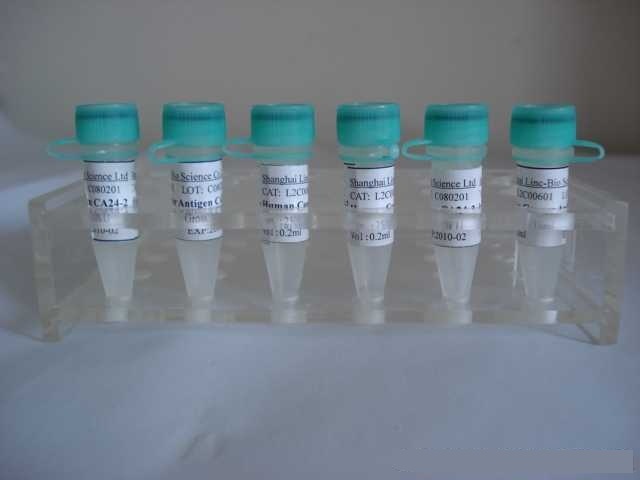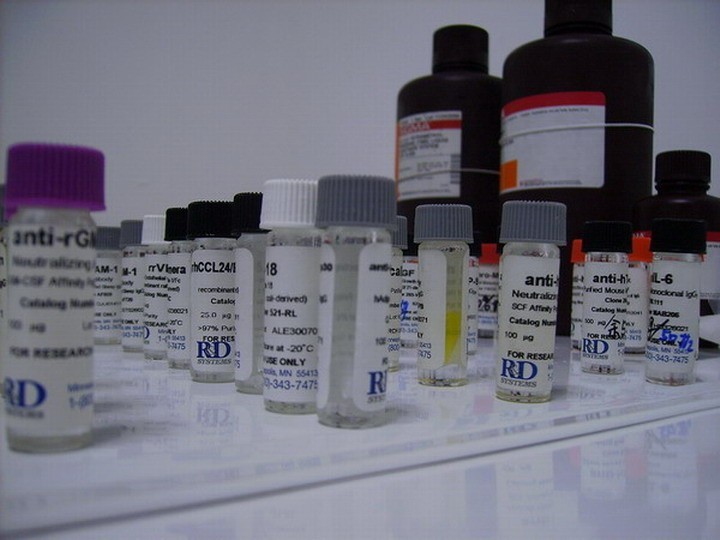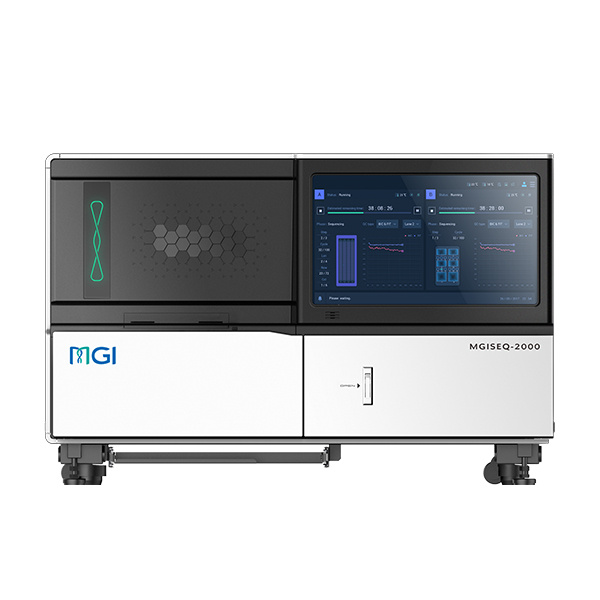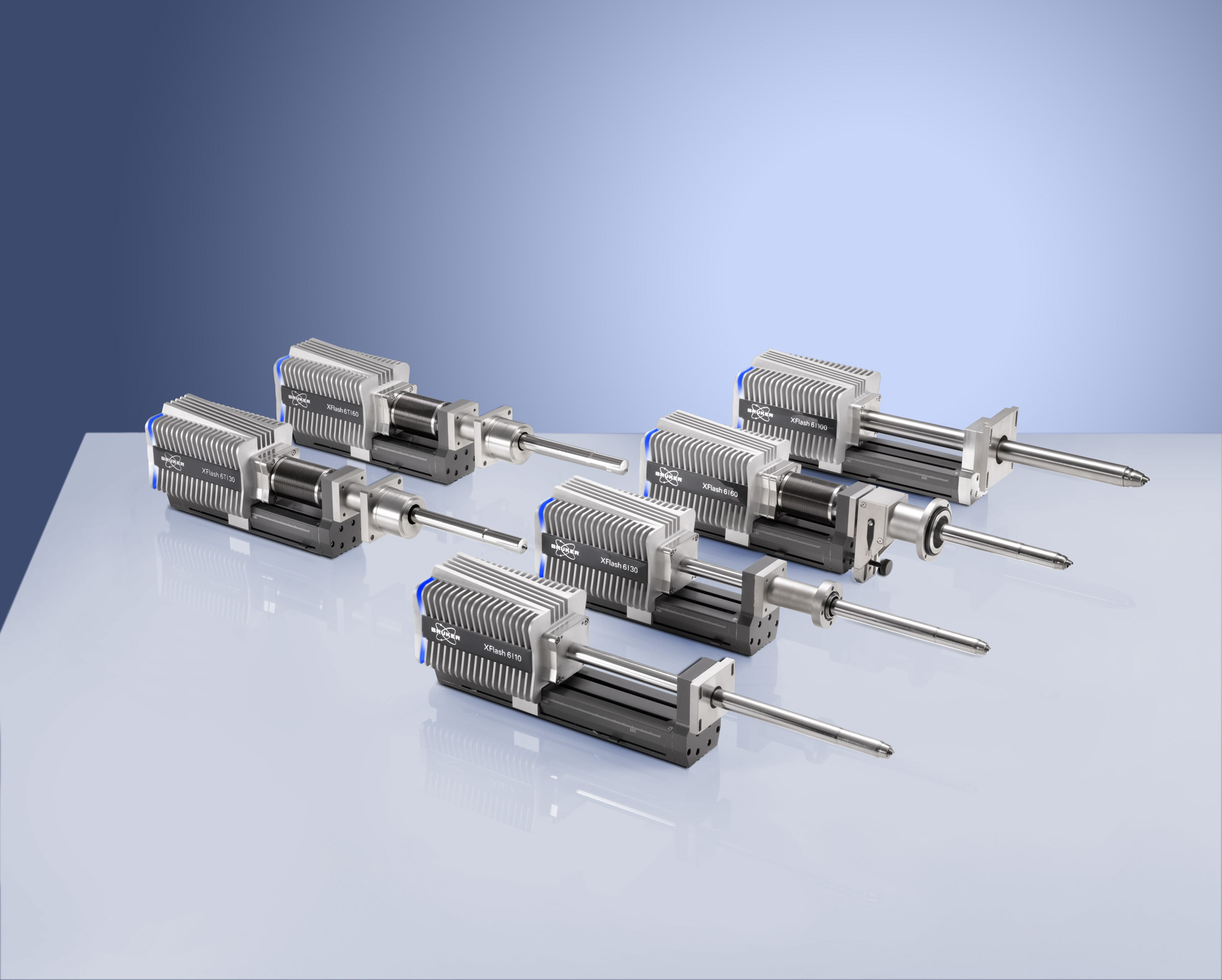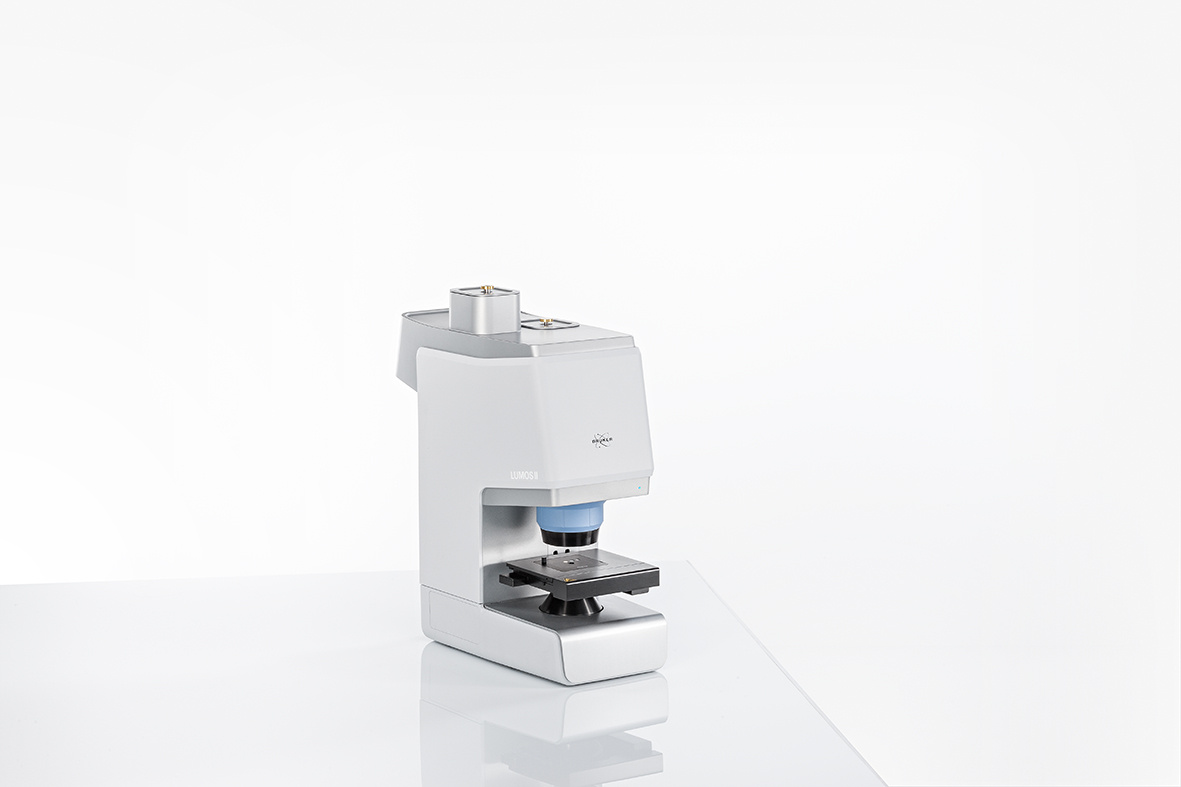英文名称 Anti-ATBF1
中文名称 α增强子结合蛋白1抗体
别 名 Alpha fetoprotein enhancer binding protein; AT binding transcription factor 1; AT motif binding factor; ATBT; ZFHX3; ZFHX3_HUMAN.
浓 度 1mg/1ml
规 格 0.2ml/200μg
抗体来源 Rabbit
克隆类型 polyclonal
交叉反应 Human, Mouse, Rat, Chicken, Dog, Cow, Horse, Rabbit, Sheep
产品类型 一抗
研究领域 肿瘤 神经生物学 转录调节因子 锌指蛋白 表观遗传学
α增强子结合蛋白1抗体蛋白分子量 predicted molecular weight: 404kDa
性 状 Lyophilized or Liquid
免 疫 原 KLH conjugated synthetic peptide derived from human ATBF1
亚 型 IgG
纯化方法 affinity purified by Protein A
储 存 液 Preservative: 15mM Sodium Azide, Constituents: 1% BSA, 0.01M PBS, pH 7.4
产品应用 ELISA=1:500-1000 IHC-P=1:100-500 IHC-F=1:100-500 ICC=1:100-500 IF=1:100-500
(石蜡切片需做抗原修复)
not yet tested in other applications.
optimal dilutions/concentrations should be determined by the end user.
保存条件 Store at -20 °C for one year. Avoid repeated freeze/thaw cycles. The lyophilized antibody is stable at room temperature for at least one month and for greater than a year when kept at -20°C. When reconstituted in sterile pH 7.4 0.01M PBS or diluent of antibody the antibody is stable for at least two weeks at 2-4 °C.
Important Note This product as supplied is intended for research use only, not for use in human, therapeutic or diagnostic applications.
α增强子结合蛋白1抗体产品介绍 AT-motif binding factor 1 (ATBF1) binds to the AT-rich core sequence element in the human a-fetoprotein enhancer (1). Alternative splicing generates the ATBF1-A and ATBF1-B (2,3). While ATBF1-A contains a 920-amino acid extension at the N-terminus, both ATBF1-A and ATBF1-B contain 4 DNA-binding homeobox domains (2,3). Additionally, ATBF1-A contains 23 zinc finger motifs while ATBF1-B contains 18 zinc finger motifs (1–3). The N-terminal extension unique to ATBF1-A has transcriptional repressor activity (4). In the small intestine, ATBF1-A inhibits expression of the brushborder enzyme aminopeptidase-N through direct binding to the AT motif element (5). Besides functioning in transcription regulation, ATBF1 also functions in ATPase activity (6). ATPase activity associated with ATBF1-A is DNA/RNA-dependent and requires both homeobox domains and zinc finger motifs (6). ATBF1 is highly expressed in spleen and brain tissues (7). The gene encoding human ATBF1 maps to chromosome 16q22.3-q23.1 (8).
Function : ATBF1 is a transcription factor that negatively regulates alpha fetoprotein and MYB, transactivates CDKN1A, and may be a tumor suppressor. Loss of ATBF1 is one mechanism that defines the absence of growth control in prostate cancer. Presence of the isoform ABTF1-A is correlated with better prognosis in breast cancer and may also serve as a marker of endocrine responsiveness.
Subunit : Interacts with FNBP3 (By similarity). Interacts with PIAS3.
Subcellular Location : Nuclear
Tissue Specificity : Not found in normal gastric mucosa but found in gastric carcinoma cells (at protein level).
Post-translational modifications : Phosphorylated upon DNA damage, probably by ATM or ATR.
Similarity : Contains 22 C2H2-type zinc fingers.
Contains 4 homeobox DNA-binding domains.
Database links : UniProtKB/Swiss-Prot: Q15911.2
![]()



